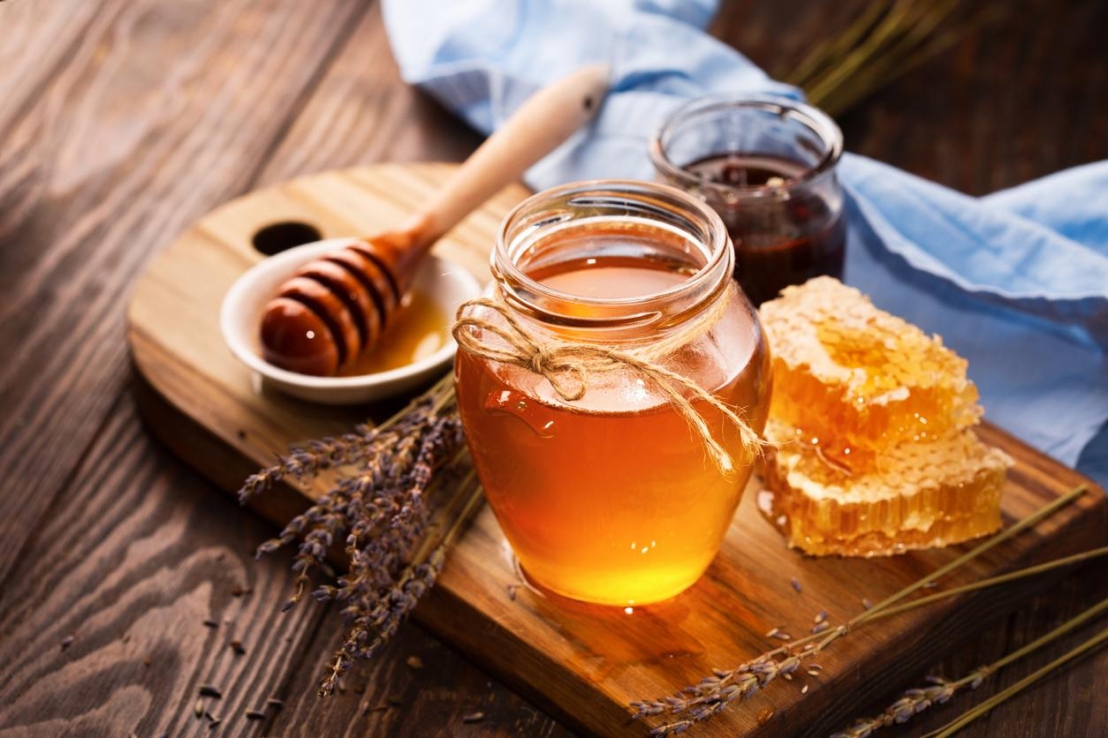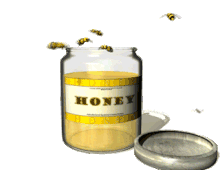The Rediscovery of Honey for Skin Repair: Recent Advances in Mechanisms for Honey-Mediated Wound Healing and Scaffolded Application Techniques

Abstract
Honey is a honey-bee product obtained mainly by the enzymatic processing of nectar from a variety of plants, which leads to the wide range of colours and flavours available on the market. These organoleptic and nutritional features are influenced by the chemical composition, which in turn depends on the botanical origin. Bioactive compounds account for honey beneficial activity in medical applications, which explains the extensive use of honey in ethno-pharmacology since antiquity, from cough remedies to dermatological treatments. Wound healing is one of the main therapeutic uses of honey, and various design options in pharmaceutical technology such as smart delivery systems and advanced dressings are currently being developed to potentiate honey’s valuable properties for better performance and improved final outcome. In this review, we will focus on the latest research that discloses crucial factors in determining what properties are most beneficial when considering honey as a medicinal product. We will present the most recent updates on the possible mechanisms responsible for the exceptional effects of this ageless therapeutical remedy on skin repair. Furthermore, the state-of-the-art in application techniques (incorporation into scaffolds as an alternative to direct administration) used to enhance honey-mediated wound-healing properties are explored.
1. Introduction
Honey is a sugar-based food product obtained by a broad range of botanical sources (unifloral or multifloral) and different geographical origins. This diversity is reflected by the distinctive pattern of aroma, flavour, colour, and texture of different honey varieties. These organoleptic features, described by the sensory characterisation, are highly interrelated with the peculiar physicochemical composition, including soluble bioactive compounds and volatile organic compounds (VOCs), which constitute the chemical fingerprint of that specific honey variety [1,2,3,4]. Reports of using honey and its related bee products (propolis, beeswax, pollen) in traditional medicine stretch back centuries, since the first reports from Sumer, and then in ancient Egypt, Greece, Rome, and Asia [5], due to their appreciated and renowned health benefits. However, despite the many hypotheses on the mechanisms for the numerous beneficial effects, honey’s full potential has started to be unlocked only recently, with more comprehensive characterisations of its physicochemical composition (as described in Section 2 of this paper), and the further investigation of the medical activity of natural bioactive compounds also found in honey [6,7,8,9,10,11,12,13,14,15]. Honey has been shown to possess beneficial properties with diverse applications in otorhinolaryngology [16,17], respiratory tract diseases [18,19], cardiovascular diseases [20,21,22], metabolic disorders [23,24,25,26], oncology [27,28]. However, the focus of this review is on the use of honey in the management and treatment of skin disease and in particular wounds of various natures, exploring the possible mechanisms by which honey may enhance skin regeneration.
Wound healing is a highly articulated process influenced by various factors, whose disbalance can cause complications, with improper hypertrophic scarring, and impaired tissue repair, resulting in chronic wounds [29,30,31,32]. Among the wound complications, infections represent a major concern, given the alarming surge in antibiotic resistance incidence in recent years [33,34]. In this context, the use of topical agents should be regarded as a valuable alternative to systemic antibiotics, when the latter is not deemed essential. Local antimicrobial administration allows high concentration of active compounds in the delimited affected area, with limited or no side effects in the healthy circumjacent skin [35]. Furthermore, the use of natural antimicrobial agents, for which antibacterial resistance has not been reported, is becoming more prominent, as complementary or alternative options to conventional treatments [36]. Honey, with its extensive use in traditional healing and dermatology, represents a valuable candidate to promote wound healing and complete skin regeneration.
Together with a renewed attention for traditional approaches and apitherapy applications in skin medicine [37,38], advanced strategies for wound repair are gaining increasing importance. In particular, functionalised dressings are being designed not only to cover the wound and protect from external contaminations but also to actively enhance and accelerate the healing process [39]. These sophisticated developments in wound care might represent the bridge between the history of ethnopharmacology and phytotherapy, and the needs of future medicine, with the final goal of developing a cost-effective complimentary addition to conventional medications. The main features pursued in an ideal wound dressing are the ability to support healing and shield the wound from further harm and tissue loss whilst incorporating satisfactory fluid control properties. These properties serve to avoid maceration (damage from the over-retention of fluids on the surrounding healthy skin). The ideal dressing should also adhere delicately to the skin avoiding secondary damage upon removal of the dressing from the newly formed skin underneath and prevent excessive scarring [40].
Our review focusses on the latest research demonstrating the promising therapeutical virtues of different honey types, with particular attention to the articles published in the last five years. Starting with the compositional characterisation of honey, in relation to different honey varieties and peculiar compounds, honey antimicrobial, antioxidant, and anti-inflammatory properties as well as the suggested mechanisms are described. Then, the application of honey in the management of different skin diseases and wounds is presented, with case reports and clinical studies, to highlight the latest evidence that demonstrates it healing benefits and also its limitations. Finally, the state-of-the-art of honey incorporation into scaffolds and technological devices for wound healing is illustrated, with a critical analysis of the pivotal parameters that can be used to optimise and further enhancement the intrinsic remarkable properties of honey.




Comments : 0